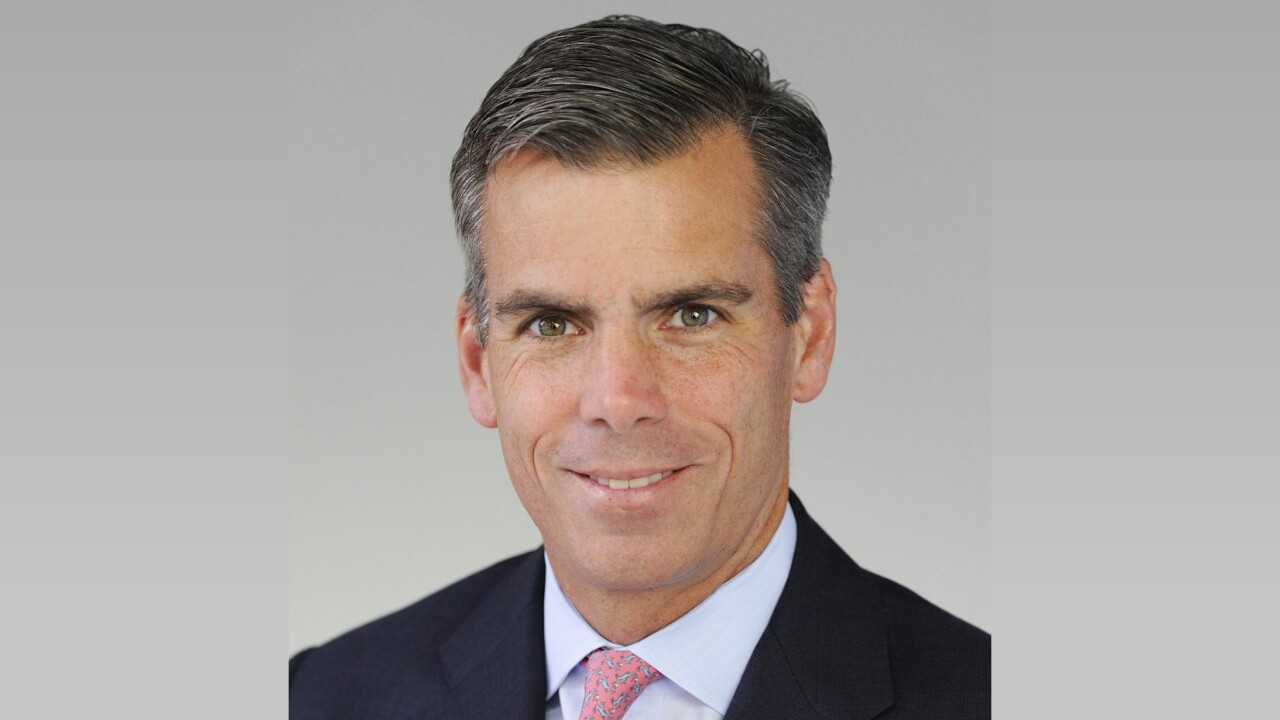Price optimization, also known as scientific pricing, is starting to break ground in the lending world. Its adoption has not become mainstream because it is often misunderstood. However, the early adopters are gaining a huge competitive advantage.
Zoot Enterprises recently discussed developments in price optimization technology with Frank Bria, banking professional services director for Earnix. His insight reveals the benefits to be gained by financial institutions across the entire credit life cycle by using this new technology.
What are the most common applications of price optimization today?
Frank Bria: Right now price optimization is most commonly used in banking and insurance to set the prices of loans, deposits and policies where there is a significant ability to differentiate pricing. Fundamentally, scientific pricing leverages the “law of large numbers.” In sectors where a robust set of customers exist, price optimization is applicable.
There is a perfect opportunity to take advantage of price optimization in renewal conversations for insurance policies or loan refinancing. There is typically room to move a customer up or down by using what you already know about them.
Many institutions are not taking advantage of the historical information they have right now when repricing their customers. There is great opportunity for meeting your strategic goals when you capitalize on that known information.
Big strategies of growth are implemented one loan at a time and therefore the better you segment and match product and price to the customer the better you are compared to the competition. The customer interaction in real-time and decision is the key to achieve those corporate goals with the help of predictive analytics decision tools.
How is price optimization different that other models being used?
FB: Optimization is different from modeling in that it asks a different question. Modeling asks: If I do X, Y and Z, what will happen? Optimization asks: What should I do?
Modeling is extremely important as a prerequisite to optimization. Optimization checks all of the possible scenarios you could follow and finds the best possible course of action. Let’s say you have 10,000 CD customers up for renewal. It is not humanly possible to check every scenario to determine the most favorable renewal for each account. Optimization gives you options. Whether your goals are less profit and more retention or gaining the maximum profit with less retention or a little of both, optimization reduces the work to find the right answer to achieve your strategic goals.
What questions can price optimization answer that other techniques can't?
FB: Optimization basically allows you to consider millions of scenarios that would be otherwise impossible. In simulations where people were placed in front of a computer and asked to change a certain number of variables to find the best result, in every case the user couldn’t match the computer-generated optimal scenario. Why? Humans tend to use a pattern based approach. For example, they might move all prices up or down. Patterns are sub-optimal. A person cannot replicate the computer when it comes to optimization.
Models are built to predict outcomes, but not suggest strategies. Optimization gets closer to an answer by suggesting a strategy to achieve the outcome you want.
Why isn't price optimization used more widely?
FB: There are three main reasons why price optimization hasn’t been widely adopted. First, the technology is fairly recent. The initial projects in lending and insurance were being tested in 2003-2004. Next, we have to take into consideration the technology maturity timeframe. Right around the time price optimization should have been really taking off the global financial crisis hit and disrupted the regular progression of technology throughout the industry. Finally, this is a fundamental mind shift in terms of how we think about pricing. The familiarity with using models is already ingrained in the industry. Any new concept requires an education process. The good news is that nowadays the industry is in a discussion of big data analytics. Those really looking at moving forward are looking at optimization as a way to leapfrog the competition. In some sense, the stars have now aligned.
How can it be used in lending to have a positive impact on collections?
FB: If we can understand consumer behavior we can better tailor decisions that have a global portfolio impact. Lenders have broad targets they need to hit but they also need to have conversations with debtors. Optimization provides the strategy by taking a top down approach. By looking at the overall portfolio target, collections can determine the optimal strategies for each individual borrower. This is backwards from how things are being done today. It is difficult to manage a collections portfolio to achieve top level number with independent conversations happening at front line that are not tied together. Optimization provides a plan of execution and is the only technology able to do that. This is a very new area and the first projects in collections are happening right now. As with any first mover they will have a huge competitive advantage.
Optimization ensures that profitability is being managed not only from the perspective of controlling losses, but an establishment of portfolio mix. This provides a great benefit to credit risk managers. Optimization provides more control mechanisms than a modeling-only approach at a much more granular level. Credit risk departments can proactively ensure that price changes on the marketing side do not have a negative impact on the portfolio.
What do you see as the biggest benefits for banks implementing price optimization?
FB: The financial benefits are huge. Lenders can achieve 10-20 basis points of additional profitability in their deposit and lending portfolios. For every billion dollars in the portfolio, that adds a million in profit. The technology investment required to achieve these numbers is one of the best ROIs available in the industry.
Another benefit is the ability to manage portfolios and targets. With an optimization approach senior level executives can establish budget targets and determine the amount of growth possible given their infrastructure. Optimization is the enabling technology that allows them to understand and manage strategic targets for profitability and volume by developing an “on-the-ground” execution plan.
Karen Gordon is the public relations manager for Zoot Enterprises.





